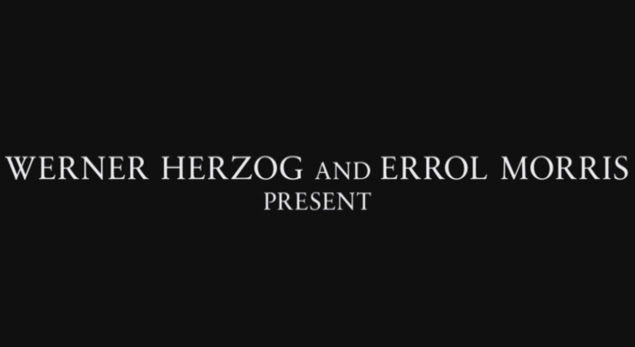Explore the genre and conventions of your chosen media text. How do you plan to adhere to or develop these conventions?
Documentaries act as a close study of supposedly real, unaltered events and people and provide insight into the these aforementioned topics. For this reason the primary audience of documentaries is that of the social integrative group. Trailers for documentaries are tailored in a certain way in order to draw in an audience, more specifically their target audience. This essay will be scrutinising the conventions and devices that are employed in documentary trailers. Within the genre of documentary there are two primary sub-genres; archive footage documentaries and original footage documentaries. The trailers for archive documentaries being used in this task are Downloaded (2013), Senna (2011) and Iceberg Slim: Portrait of a Pimp (2013). The original footage documentaries being used are The Act of Killing (2013), China Heavyweight (2013) and Comic Con Episode IV: A Fan's Hope (2013).
Both types of documentary begin their trailer in a fairly standardised way by introducing the studios and production companies that have collaborated to produce the film. Depending on the scale of the production, more or less well known and established companies will be involved. In general, documentaries will be funded and created by smaller studios due to the nature of their more niche audiences.
China Heavyweight
Comic Con Episode IV: A Fan's Hope
Downloaded
Senna
The directors name will then be presented as they are usually the primary creative force behind documentaries as more often than not the topic of their film will be something that has personal meaning to them.
The Act of Killing
Comic Con Episode IV: A Fan's Hope
If the film has received any academy or film festival awards or nominations, then they will be presented following the idents and directors names.
The Act of Killing
Iceberg Slim: Portrait of a Pimp
Senna
A trailer of an archive documentary will usually begin with a piece of footage that establishes the themes of the film concisely and as with all trailers will try to draw in the viewer. This may be a strongly emotive or provocative piece of footage that concisely brings the attention of the viewer to the primary point of interest the documentary focusses on, more often than not this will be the key persona of the film. The sound bite layered over this footage will often elaborate on this persona's character and actions, which the film itself would further elaborate upon. This device is conventional of the genre and is part of the 'first act' of the trailer, helping to establish the premise.
Iceberg Slim: Portrait of a Pimp
Senna
In original footage documentary trailers the same device of establishing the main characters and themes is used although often this 'set up' is more ambiguous and indicative, leaving something to the imagination for the viewer. This is as an effective device as the more blatant establishing shots that are used for archive documentaries as the audience are left wanting to know more. Long pans over crowds and landscapes are effective at establishing the setting of original footage documentaries as more often than not the majority of these documentaries focus on events and people in a specific place or community. A sound bite layered over this will often further elaborate on the themes of the film and the music being played helps establish the cultural orientation of the film.
Comic Con Episode IV: A Fan's Hope (2013)
China Heavyweight

These opening seconds of documentary trailers begin the 'first act' of the trailer, which serves to set up the premise of the film through the use of sound and footage. Usually this will be the most light hearted section of the trailer, allowing the viewer to get to grips with the themes of the film. The trailer for our documentary will follow this same structure, using a 'first act' to establish our film in the same way, conforming to the genre conventions. Although this structure of documentary trailers, using the three act structure. This structure consists of the first act, which is used to establish the setting and premise of the film, the second act which is used to further push the story and often comes to a distressing climax and then the third act which often employs a montage of moving pieces of footage from the film which is accompanied by a strongly emotive piece of music to compliment these images. Furthermore, in documentary trailers there can often be a sound bite of an interview from the film layered over this montage to help increase the impact of this sequence.
Comic Con Episode IV: A Fan's Hope (2013)
Although this something that we will not be doing with our documentary trailer (as we intend to employ and conform to many of the conventions of the genre), the trailer for China Heavyweight (2013) completely abandons the conventions of the documentary trailer. Instead of prompting each segment of the trailer with a change in music, which in turn changes the tone of the advert, the trailer only uses one piece of music. This, however, does not in any way take away from the impact of the advert, due to the nature of the piece of music. Instead, as the piece develops, tension rises and rises to give a climactic and decisive ending to the trailer, leaving the viewer wanting more.
China Heavyweight


































